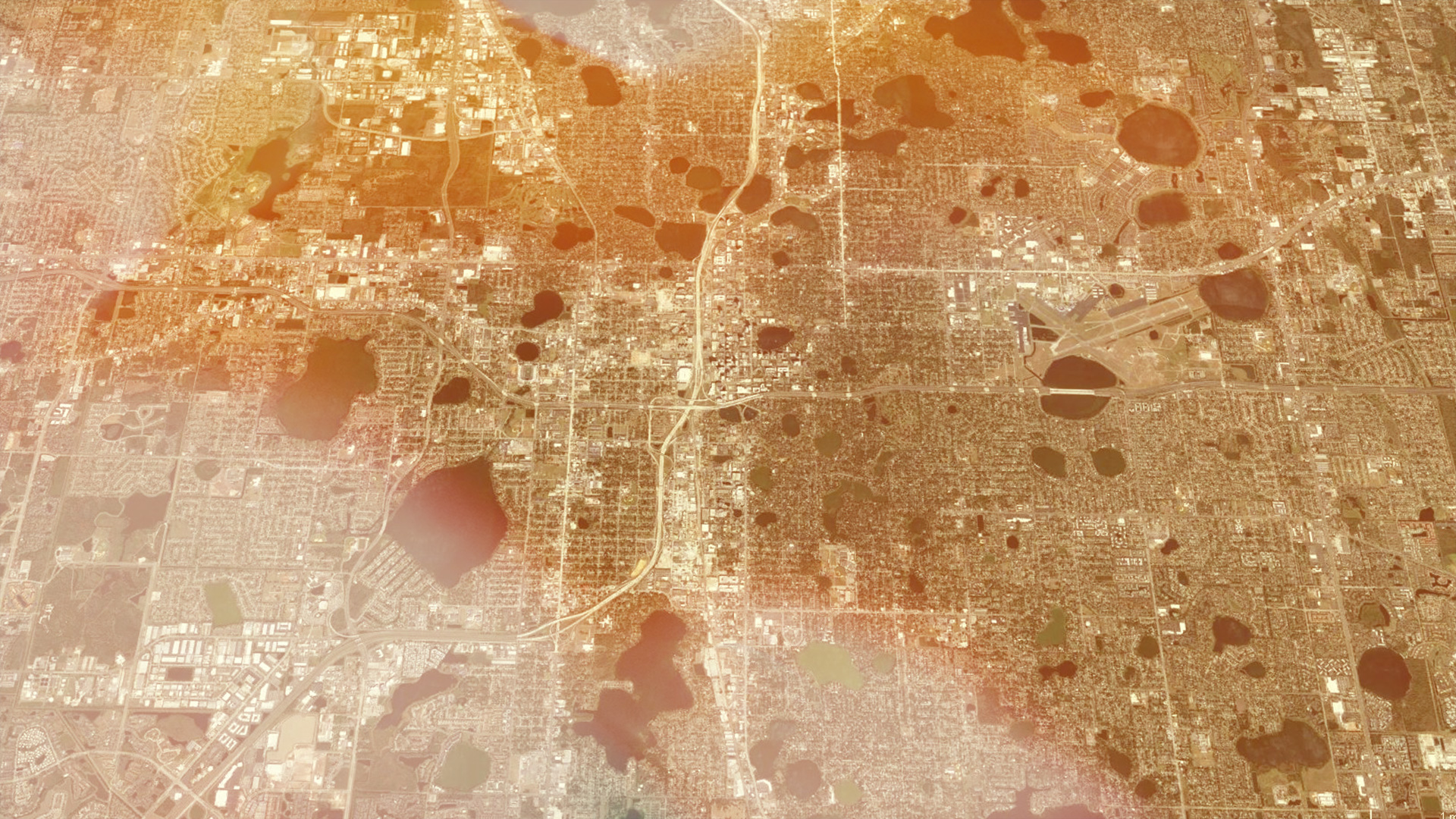Challenge
When someone experiences a medical emergency, every minute matters. Pennsylvania wanted to better understand which areas of the state may face longer wait times for EMS response and use this information to inform future station placement. The analysis needed to cover the entire state road network and provide realistic travel time estimates, even in areas where roadway data was incomplete or inconsistent.
Solution
Our team set out to estimate the travel time from EMS stations to every segment of Pennsylvania’s road network. We combined PennDOT data with OpenStreetMap data to fill gaps and ensure the full network was represented. To calculate realistic travel times, we used the Open Source Routing Machine and validated our results against Google’s travel time data. This analysis identified the nearest EMS station and its estimated travel time to each roadway segment.
The Outcome
Pinpointing Gaps in Emergency Response Across Pennsylvania Roads
The analysis provides a statewide picture of EMS coverage and pinpoints road segments where response times are likely to exceed the 15-minute threshold (four minutes for call handling and dispatch plus 11 minutes for travel). These findings give the state a tool for reviewing where EMS stations might be added or relocated to reduce response times. By using this data-driven approach, Pennsylvania can take steps toward improving access to emergency services and, ultimately, saving lives.



